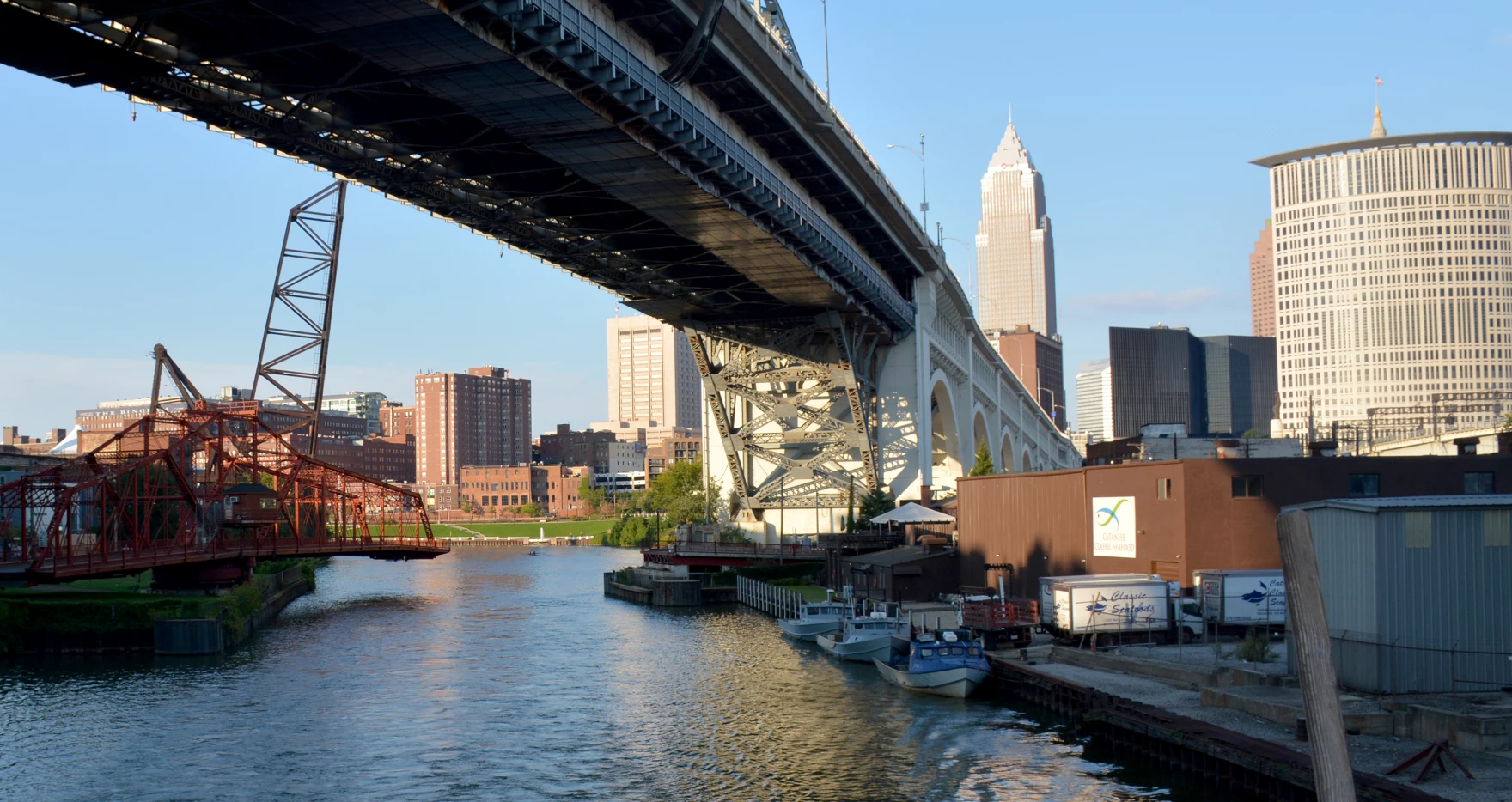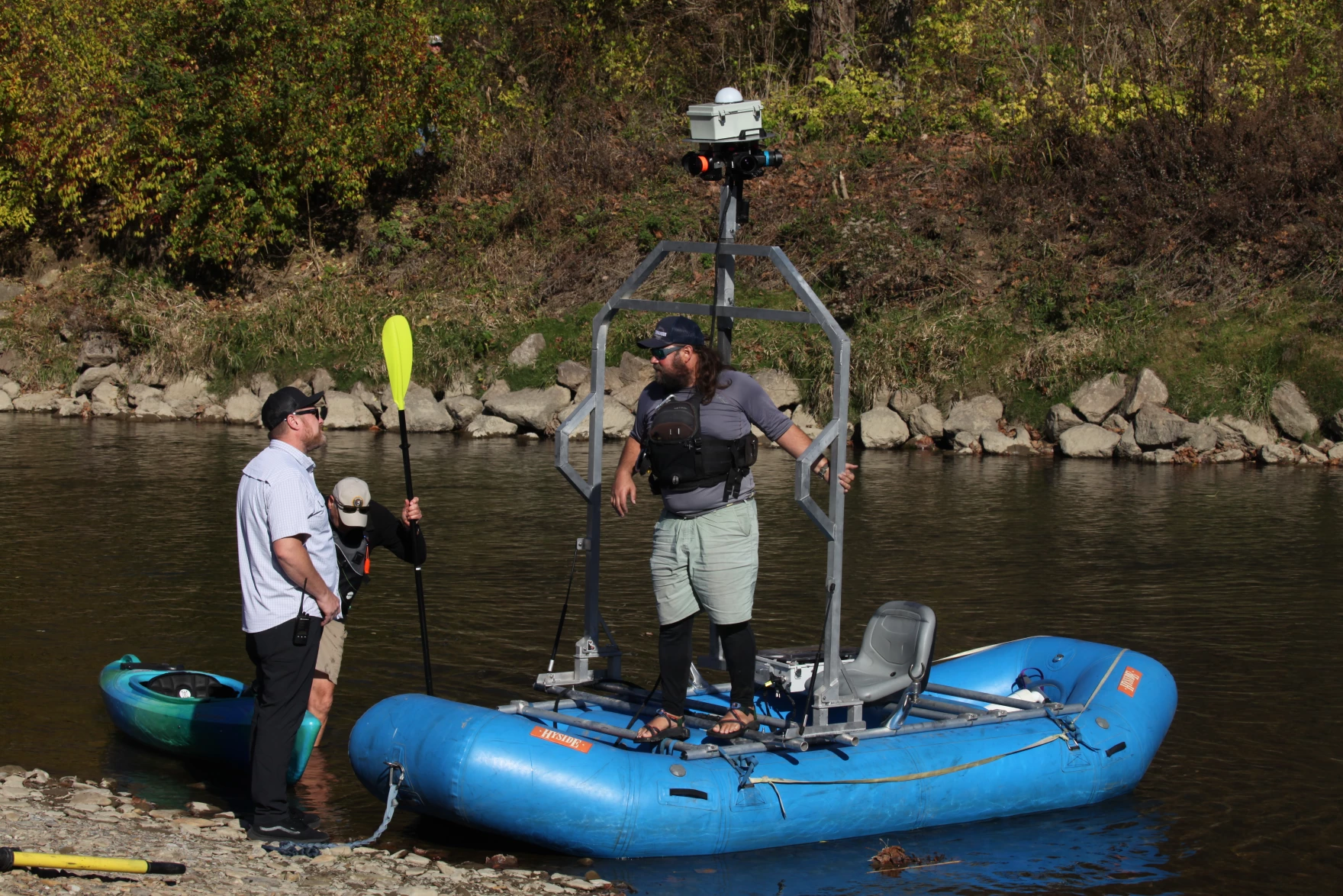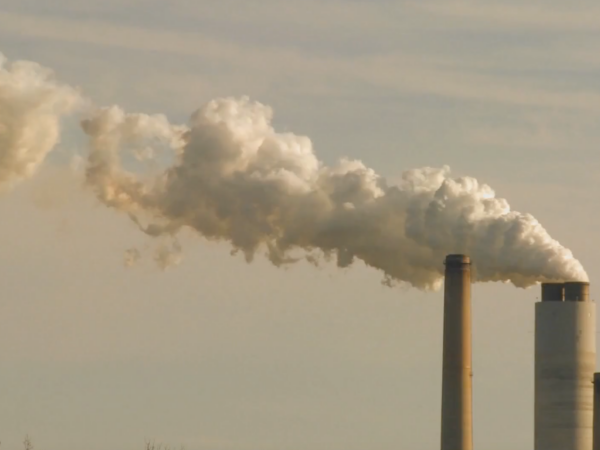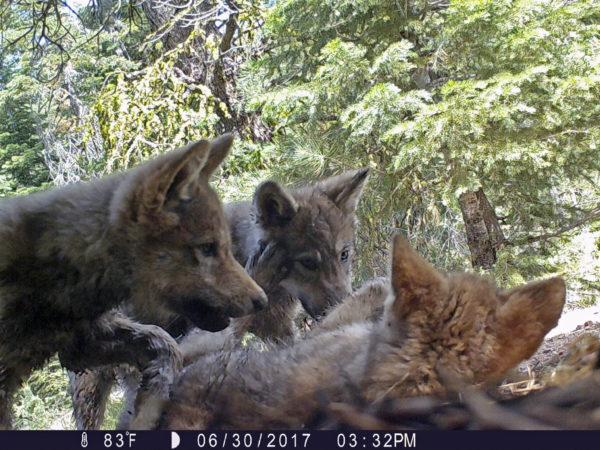
By Zaria Johnson, Ideastream Public Media
This story was originally published by Ideastream.
The recent 55th anniversary of the 1969 Cuyahoga River fire serves as a reminder to Northeast Ohio residents of the benefits from decades of work cleaning up industrial contamination in the river. But Northeast Ohio officials and Cuyahoga River advocates see stormwater runoff as a new threat and worry it’s on the rise.
Stormwater runoff is the water that runs down rooftops, driveways and sidewalks after it rains, before entering storm sewers.
“In these separate sewer areas, in most cases, there’s little to no treatment of that stormwater before it enters a tributary or a river like the Cuyahoga River, Big Creek, Rocky River,” said Donna Friedman, Manager of Community Watershed Coordination at the Northeast Ohio Regional Sewer District. “So, with these larger rainstorms and all that water coming down faster and harder, and in bigger quantities, you get a lot of pollutants entering stream systems very quickly.”
More frequent heavy rains are increasing runoff and the problems that it carries with it, Friedman said.
“They wash pollutants into the water, but also just the quantity, the sheer quantity of water that gets pumped into those tributaries and then into the Cuyahoga River makes the river much flashier, is the term that we use,” she said. “It means the water level rises really quickly.”
The pollution and rising water levels can harm fish populations and threaten surrounding tributaries, Friedman said, but a regional approach is the best way to address stormwater runoff and protect the river.
“We’re pretty well tied in with, our fellow sewer districts,” she said. “We always are bouncing ideas or stealing ideas from other sewer districts, and then we obviously, share with others.”

Terrain360 Founder Ryan Abrahamsen (left) speaks with Operator Ryan Crenshaw (right) while capturing 360-degree images along the Cuyahoga River on Monday, November 13, 2023. (Photo Credit: Joe Gunderman/Ideastream Public Media)
Northeast Ohio is expected to see an increase in precipitation by the end of the century, Friedman said, with research showing links between rising global temperatures and increased precipitation, and the district is preparing for that.
One way to do that is through stream restoration such as creating an area where the stream connects to the floodplain that will filter pollutants in the event of water level rise.
“So we are looking at our designs for natural ways that we can help remove pollutants and remove extra sediment,” she said. And then additionally, you know, we are designing for those larger storms.”
NEORSD’s two Cuyahoga River stormwater master plans identified significant remediation that remains to be done, Friedman said. This includes $200 million for the Southern portion of the river in its service area, near the Tinkers Creek tributary, and $545 million for the northern portion near the Big Creek and West Creek tributaries.
The sewer district has a stormwater surcharge that brings in $48 million each year for stormwater management, Friedman said, while also providing a 25% return directly to communities for local stormwater management projects that’s seen a total of $53 million to date.
“For example, say we collect … money in Parma from that stormwater fee,” Friedman said. “25% of whatever we collect in Parma goes back to Parma to use on local stormwater issues.”
NEORSD also offers a 25% reduction on its stormwater fee for its customers with reduced amounts of impervious pavement on the property, or who have implemented alternative ways to reduce runoff, like rain barrels and rain gardens.
“We understand that some of these practices, can be expensive, especially if you were to install a permeable paver, driveway like that’s more expensive. However, disconnected downspouts, much less costly,” Friedman said. “A lot of the applicants that we get our folks who are already interested in doing this anyway.”
Catch more news at Great Lakes Now:
Campbell Soup pollution lawsuits raise concerns about additional Northeast Ohio phosphorus sources
Cleveland, Cuyahoga County leaders urge EPA to finalize federal clean car standards
Featured image: (Photo Credit: Nick Castele/Ideastream Public Media)




